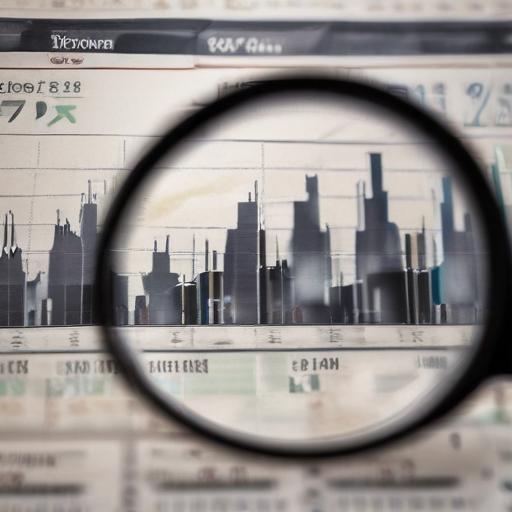On Monday, European and U.S. stock futures saw modest gains as investors adopted a “buy the dip” strategy, and the dollar strengthened. Despite a delayed reaction to Friday’s downturn on Wall Street, the Nikkei index experienced a less favorable outcome, while other Asian markets remained resilient.
Initially, Fed fund futures indicated expectations for 65 basis points of interest rate cuts by December, but that figure has now adjusted to 60 basis points. This marks a significant shift from the 33 basis points anticipated prior to Friday’s disappointing U.S. payroll report, with September still seeing an 83% likelihood for an easing.
The drop in two-year yields by 25 basis points on Friday was indicative of the market effectively implementing a rate cut, highlighting the correlation between borrowing costs and yields rather than the federal funds rate. Similarly, ten-year yields fell sharply by 14 basis points, although they faced resistance around the 4.20% level, a barrier they’ve struggled to break since October of the previous year.
However, downward revisions to payroll reports have raised doubts about the robustness of the U.S. economy and eroded the dollar’s status as a symbol of economic exceptionalism. Adding to this uncertainty, President Trump has announced plans to replace the head of the Bureau of Labor Statistics, raising concerns about the potential politicization of economic data.
Trump’s recent suggestions of redistributing tariff revenues as “dividends” to select Americans have also sparked controversy. Such a move could be seen as leveraging taxpayer money for political favor rather than benefiting the broader population.
In legal matters, a U.S. appeals court is reviewing the legality of Trump’s “reciprocal” tariffs, with indications that it may support previous rulings deeming them illegal. A ruling against the tariffs could result in the nullification of many trade agreements and require the Treasury to refund collected tariffs.
In summary, as market expectations shift and legal battles continue, global investors are closely monitoring these developments, with key reports like the Swiss CPI for July potentially influencing market dynamics. The evolving economic landscape offers both challenges and opportunities as stakeholders navigate the complexities of trade, tariffs, and monetary policy.
